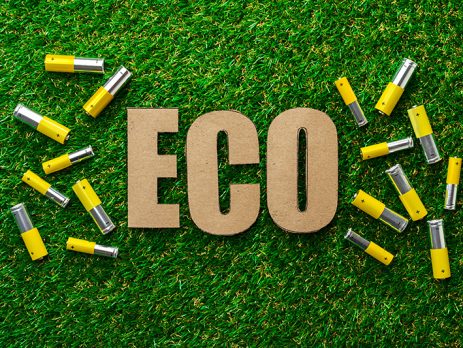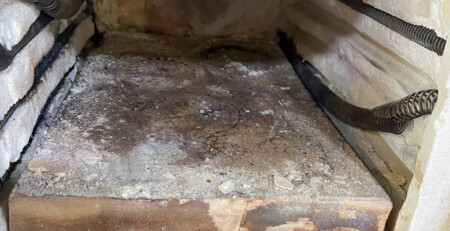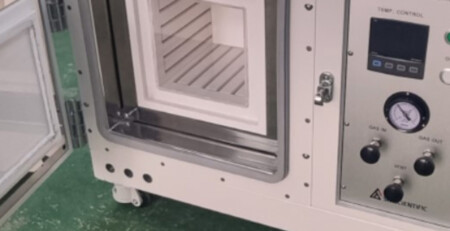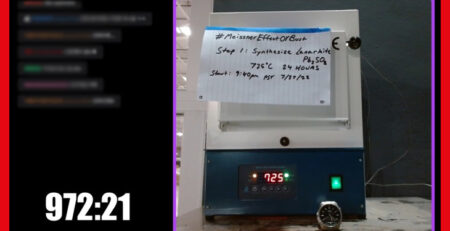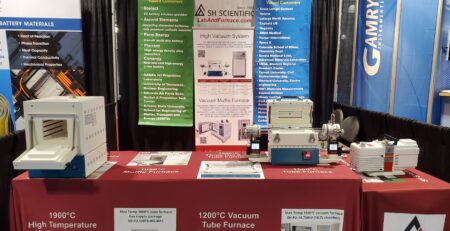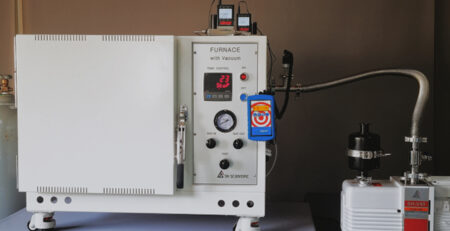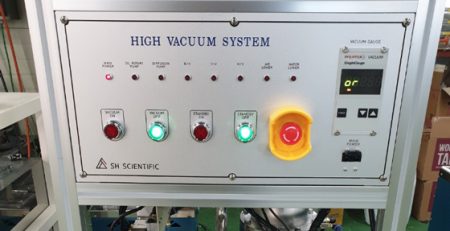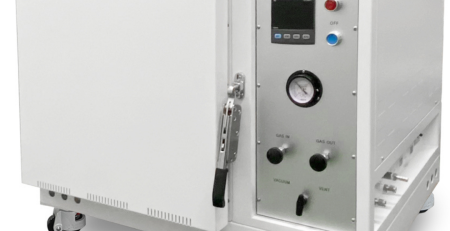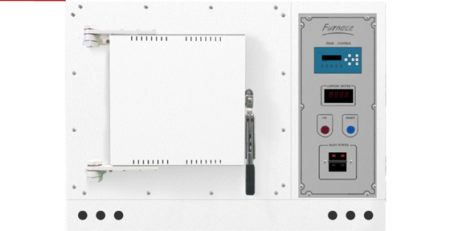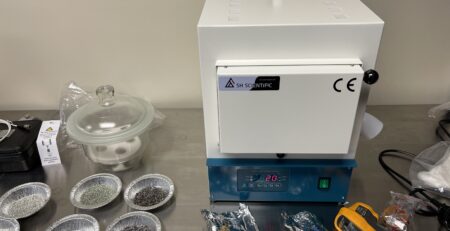Creating A Cleaner Future: A New Method For Cathode Recycling
Batteries power every plausible vision of a green future.
From electrifying consumer vehicles to capturing surpluses from renewables at the grid level, batteries are bound to replace numerous sources of toxic byproducts and particulate pollution.
But batteries also raise environmental concerns of their own. Chief among these is wastage of cathode materials, which are destructive to obtain, destructive to leave behind, and difficult to recycle. The full ecological and financial impacts remain to be seen, as we’re still at an early stage in the inexorable shift toward electric vehicles, to say nothing of industrial battery uses.
Cutting-edge cathode recycling techniques are poised to assuage long-standing environmental concerns, alleviate growing financial pressures, and meet political objectives all at once.
Cathode Recycling: New Needs & New Opportunities
Non-Chinese rare earth sources are simultaneously necessary and scarce. This reality suggests a golden opportunity for cathode recycling technologies.
Loose environmental regulations with even looser enforcement have helped to enable China’s manufacturing-led growth. However, its deprioritization of sustainability is both a political bargaining chip and a catalyst for foreign firms to boost their ESG credentials by seeking alternatives to Chinese suppliers.
Furthermore, recent legislation has added a geopolitical dimension to these sustainability questions. The Inflation Reduction Act (IRA) mandates that the constituent materials of batteries—namely lithium, nickel, cobalt, manganese, and graphite—must be sourced from countries with a US free trade agreement by 2029. China, which currently refines about 80% of these materials, appears deliberately excluded.
Closing the Loop of Cathode Materials
One leader in this nascent space (and an SH Scientific customer) is Massachusetts-based Ascend Elements. Their team has pioneered a way to recycle cathode materials into new batteries, with higher recovery rates (up to 98%), lower greenhouse gas emissions (approximately 90% reduction), and lower processing costs than prevailing methods.
Their method involves a combination of mechanical separation, chemical separation, and thermal treatment in a muffle furnace. Let’s take a closer look at how this process works, according to publicly available materials.
1. Collect and prepare spent batteries
Spent lithium-ion batteries reach the recycling facility. Technicians drain any remaining charge, then separate each battery into its plastic, packaging, and electronic components for recycling elsewhere.
What remains is the actual battery material: the hard-to-obtain yet hard-to-recycle elements at the heart of sustainability concerns.
2. Shred battery material into black mass
A shredding process pulverizes and homogenizes the battery material into a sand-like “black mass.” The black mass contains the essential battery metals (plus graphite) in an easy-to-transport form, ready for further processing at another facility.
3. Chemically separate & purify constituents
A chemical process extracts graphite from the black mass. The graphite is passed on to a separate process that renders it 99.9% pure and ready for use in new batteries.
The remaining metal is further purified into an aqueous solution of concentrated lithium, cobalt. nickel, and manganese.
4. Refine the liquid’s composition
That leftover metal solution is a terrific starting point, but it’s not sufficient as-is. Different battery applications require different proportions of each metal. For instance, EV and phone batteries differ not just in size, but in cathode composition.
The most essential step—and the core of Ascend Elements’ value—is something called direct precursor synthesis. Its details are closely guarded, but its result is new cathode active material (CAM) tailored to the battery specs at hand. This makes it possible to recycle outdated cathodes into the precursors to modern ones.
5. Dry the CAM in a furnace
Finally, the new cathode material is dried in a muffle furnace and delivered to the customer. The drying process dictates the quality and usability of the recycled CAM, so there’s vanishingly little room for error.
Ascend Elements uses our own SH-FU-5MG 1200° C model to ensure even heating at a uniform temperature.
Why an SH Scientific Muffle Furnace?
Like every battery researcher we’ve supplied, Ascend Elements succeeds because of painstaking precision and repeatability. What’s more, they’re a standout firm with no shortage of potential suppliers.
So, why choose SH Scientific? We believe it boils down to two considerations.
Exceptional value
Our modest scale and end-to-end manufacturing control let us offer top-tier performance at compelling prices. We simply don’t bear the bloat of a heavily-marketed multinational brand.
Wide-open customization
In-house design and engineering teams enable basically boundless customizations.
From integrated vacuum pumps to quartz chambers to custom dimensions, the SH team can advise on and realize whatever your lab requires.

